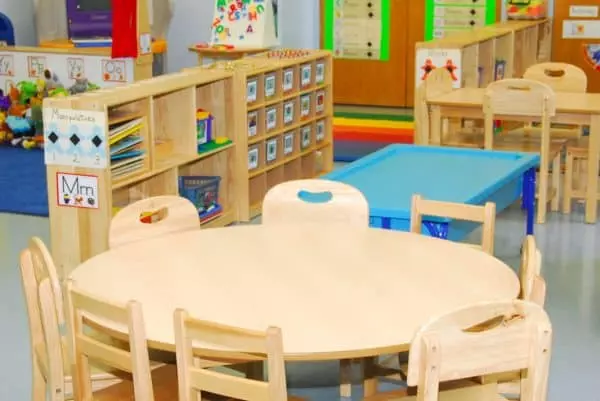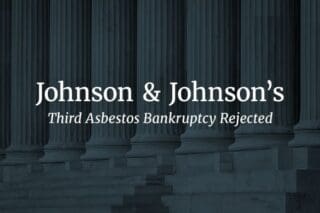
Asbestos in schools has been a long-standing concern. In 2015, there were 131,000 public and private schools running in the United States, and one-third of them were thought to have contained asbestos. Everything from ceiling tiles to insulation and heating ducts has caused asbestos exposure in schools, putting both teachers and students at risk of developing asbestos diseases like mesothelioma.
Tests Find High Levels of Asbestos at University of Montana
Asbestos products pose the largest risk to school occupants when they are damaged or have faced everyday wear and tear. This releases microscopic asbestos fibers into the air, where they can then be ingested or inhaled, potentially leading to asbestos cancer. In enclosed classrooms and spaces, fibers can become concentrated, making them easily inhaled. In some cases, the carcinogen can enter the HVAC systems, allowing the fibers to be spread quickly through vents and fans. This was the case for preschoolers and teachers of McGill Hall at the University of Montana.
Officials at the University of Montana (UM) conducted testing to determine the presence and amount of asbestos in active classrooms. The Environmental Protection Agency (EPA) has many protections in place for the dangers of asbestos, some specific to schools. According to the EPA, asbestos cleanup is required if there are 5,000 fibers per square centimeter. In the case of McGill Hall, there were 15,000 asbestos fibers per square centimeter from one table swipe. The highest concentration of fibers found atop a light fixture, measured at 110,000 fibers per square centimeter.
Asbestos poses a much smaller risk if the fibers are contained in products that haven’t sustained any damage or wear. However, high concentrations of the toxin were found on surfaces like tables, that students frequently touched and interacted with. Parents were especially concerned that amounts were so high, even after regular cleaning.
UM officials claim that earlier tests didn’t cause alarm, so they were unsuspecting of such large surface amounts. However, they also claim that the asbestos came through their air system, as a result of long-term degradation. As a long-term issue, faculty and children could have been exposed for a long period of time, putting them at an even higher risk of asbestos illnesses. A worker found a visible contamination problem in a tunnel linked to the preschool, which was never inspected or tested because maintenance workers weren’t required to enter the tunnel. Over a month earlier, crumbling asbestos was also found in an air system linked to McGill, but officials felt that it wasn’t an issue as the air systems were separate.
Parents Criticize UM’s Delayed Reaction to Asbestos
Parents of McGill Hall children are concerned that the test results were shared way too long after asbestos was revealed, and that it took the school too long to move their children from the contaminated areas. UM claims that they moved the 47 preschoolers as soon as possible, after “unacceptable levels” of asbestos became known.
There are many concerns around the use of asbestos in schools. Construction with asbestos products was done before its dangers were fully known. However, since then, it’s become widely recognized that asbestos is a common toxin in schools, especially with older construction. Low amounts of asbestos are still allowed by the EPA, even though research has shown even small amounts can cause asbestos cancer. Furthermore, schools aren’t required to conduct testing for asbestos, despite it being so common.
When parents faced UM officials, they also questioned why ongoing asbestos testing wasn’t done when the building was known to contain asbestos. They demanded explanations for why data showed asbestos amounts significantly higher than the EPA threshold for cleanup.
Removal and handling of asbestos is not simple. It requires trained and certified professionals that know how to handle the carcinogen without causing further exposure. The asbestos found in McGill Hall was also found to be chrysotile and amosite, of which chrysotile is the most dangerous type of the toxin. Paula Short, the Communications Director for UM insists that they are confirming the source of the asbestos, getting rid of the source, and conducting a full-scale cleanup with comprehensive testing.
UM officials continue to stress that they understand the parents’ anxieties and are working hard to remedy the situation. The 50,000-square-foot facility has been shut down, relocating students and around 70 faculty, staff, and other employees until the asbestos has been fully cleaned up.




